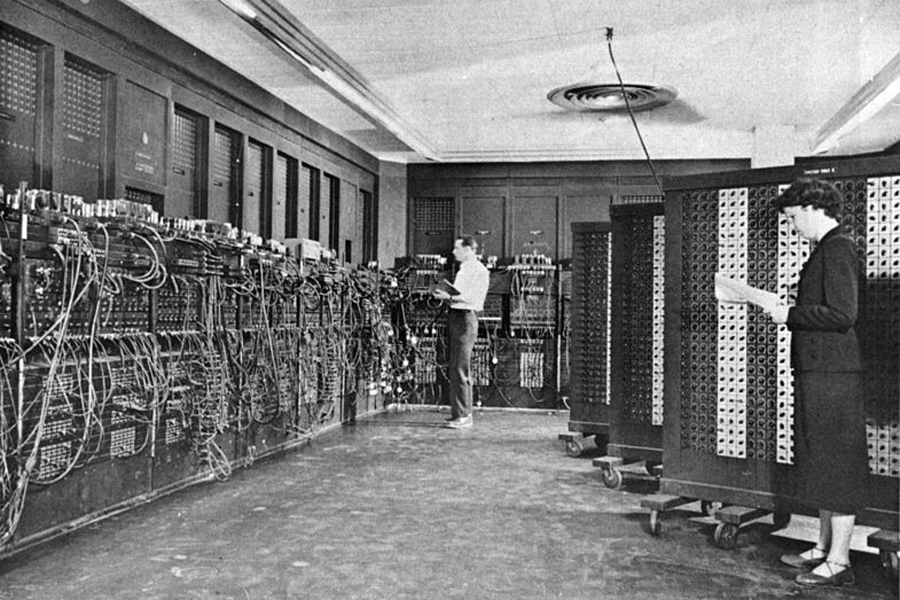The first successful commercial computer, ENAIC, was programmed by a University of Pennsylvania (UPenn) group known as "The First Programmers Club". The painstaking work calculating and testing processes for every inch of the 80-foot computer was not only an impressive computing feat, but one that broke down barriers: the programming group was entirely comprised of women, with Betty Holberton at the helm. Ms. Holberton faced her share of discouragement, despite showing promise while studying math as an undergraduate at UPenn – on the first day of class her mathematics professor asked if she wouldn't be better off at home raising children. But when World War II rolled around, Holberton was hired by the US Army along with 70 other women to calculate ballistics trajectories at the Army's base on UPenn's campus. Soon computer scientists working on ENAIC at UPenn realized they could use the help of several of these women to program the recently-built computer, and Holberton was one of those charged with the task. After successfully programming ENAIC, Holberton went on create numeric controls for UNIVAC (one of the first general-use computers), and helped develop COBOL with Grace Hopper, and FORTRAN, another computer language. She died in 2001, after being awarded the Ada Lovelace Award, among other honors.

US Army
Betty Holberton (right foreground) programming the ENIAC computer in Philadelphia, Pennsylvania, BRL building 328 (1940s/1950s)





